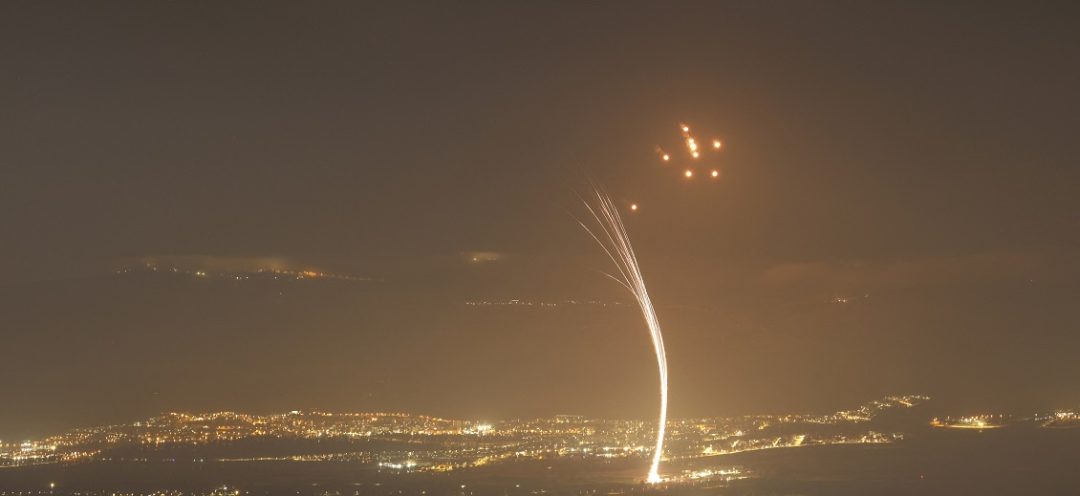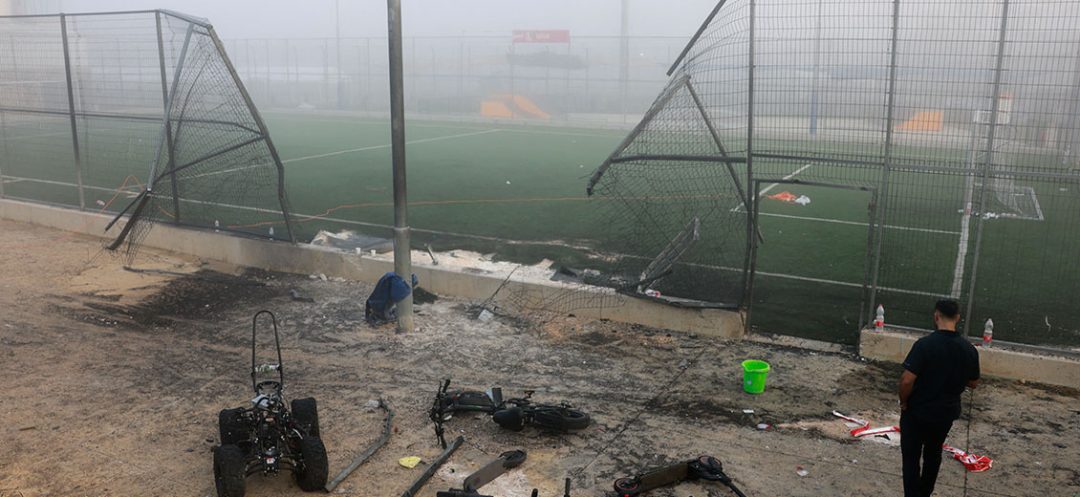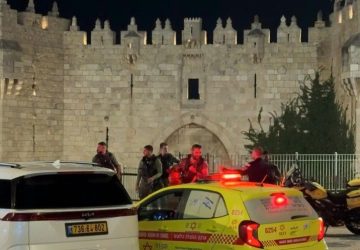As the town of Majdal Shams, located on the Israeli-annexed Golan Heights, is still recovering after the missile attack that killed twelve people, the Israeli army has reported that the projectile was likely an Iranian-made Falaq-1 rocket.
We know it is a Falaq rocket with a 53 kg warhead,” said Israeli Army Chief of Staff General Herzi Halevi. His statement was echoed by Israeli army spokesperson Rear Admiral Daniel Hagari, who clarified that it was the Falaq-1 model.
Voir cette publication sur Instagram
U.S. intelligence services also backed this finding, acknowledging that they are unsure whether the pro-Iranian faction specifically targeted the village or if it was collateral damage.
According to the specialized site Missile Threats, the Falaq-1 is a type of unguided surface-to-surface rocket developed by Iran in the 1990s. The Falaq-1 has a range of 10 to 11 km and carries a 50 kg high-explosive (HE) warhead. The rocket is 1.32 meters long, has a diameter of 240 mm, and a total launch weight of 111 kg.
While these projectiles are typically launched from vehicles, there is also a portable version that can be deployed by foot soldiers.
Iranian engineers have since developed an improved variant, the Falaq-2. Although it has a similar range, the Falaq-2 features a 120 kg explosive warhead. Measuring 1.82 meters in length, 333 mm in diameter, and weighing 255 kg at launch, it requires more significant resources for deployment than its predecessor.
Confirmed to Be Held by Hezbollah
This is not the first confirmed use of this type of rocket by Hezbollah against Israel. Falaq rockets were previously used during the 2006 war and have been deployed since October 8, 2023, when Hezbollah opened the Lebanese-Israeli front.
While it is impossible to accurately estimate the number of rockets in Hassan Nasrallah’s arsenal, their simple manufacturing process suggests the group could have several thousand, if not tens of thousands. For the record, most international analysts agree that the pro-Iranian faction possesses approximately 130,000 missiles.
Although Hezbollah denies any responsibility for the attack, Israel insists that it is the only group in the region that owns such a system. Regardless, Hezbollah remains the main coordinator of operations along the Lebanese-Israeli border.
The launch of such a missile could not have occurred without its approval, regardless of which affiliated group carried it out.






